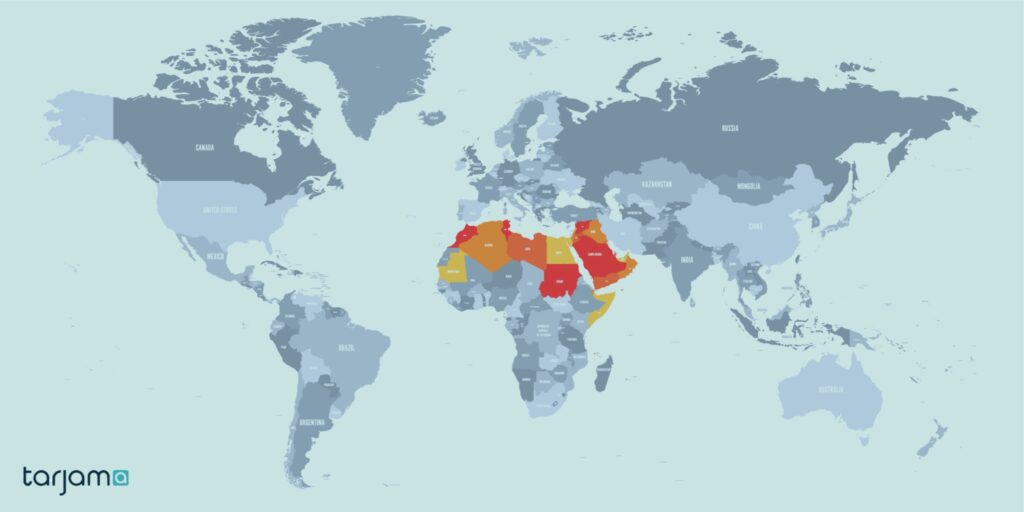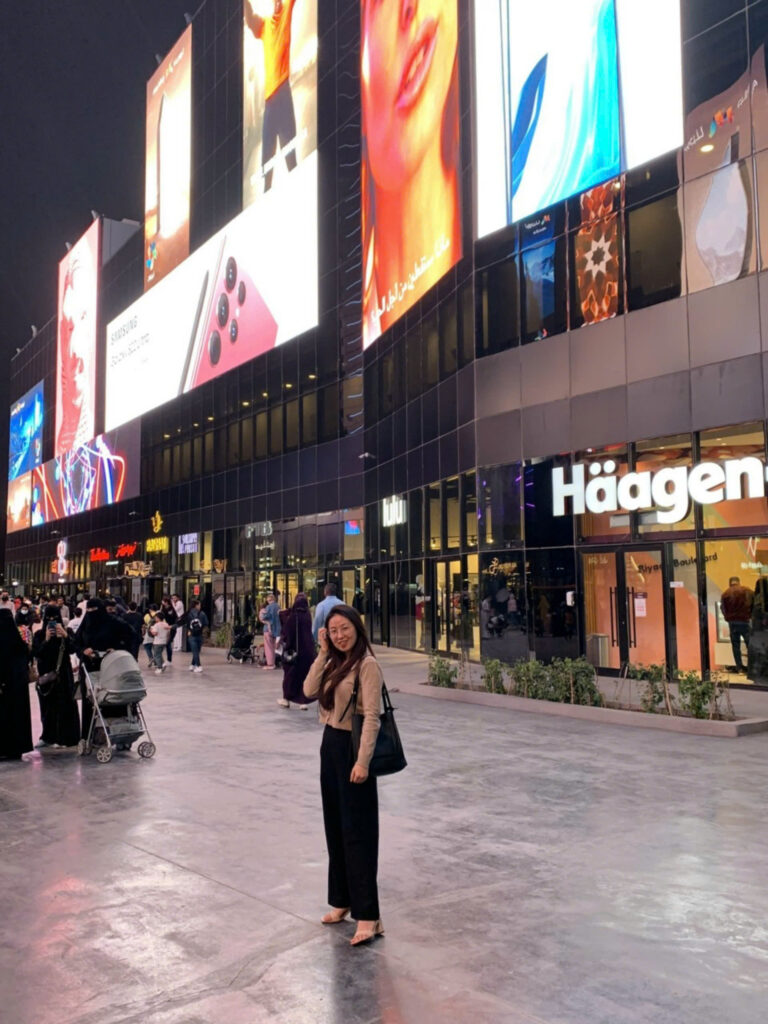Arabic ranks fifth on the list of the world’s most widely spoken languages, with over 200 million native speakers. It is one of the six official languages of the United Nations, the language of the Qur’an, and the official language of 22 countries. With such a large number of speakers, exploring the history of Arabic and how it became an important language in the modern world is quite fascinating.
The history of Arabic traces back more than 1,000 years, with Classical Arabic first appearing. This was the dialect of Mecca, located in present-day Saudi Arabia. As part of the Afro-Asiatic language family, Arabic is classified as a Semitic language. In fact, it is the most widely spoken Semitic language in the world. Arabic has many unique features, including non-continuous morphology and a script that lacks vowels. From Classical Arabic, this language has evolved and spread across North Africa and the Iberian Peninsula, leading to the formation of many regional dialects that people use in daily communication. However, many of these dialects are not mutually intelligible.
To meet modern needs, Modern Standard Arabic was developed as a simplified version used in books, newspapers, television, schools, and official documents. With millions of people learning Arabic as a second language, it remains a significant challenge for non-native speakers. Arabic has 28 consonants and three vowels, with different lengths. Many sounds in Arabic do not exist in other languages, making pronunciation difficult. Furthermore, the writing system omits vowels, adding to the complexity of the language, and translating Arabic requires support from professional translators.
Origins of the Arabic Language
The history of Arabic originates from the Arabian Peninsula over 1,000 years ago. The earliest traces of this language appear in the 8th century BC, but from the 3rd to the 6th century AD, Arabic underwent significant development. During this period, the writing system was enhanced with additional characters, and the vocabulary expanded.
The spread of Arabic initially came from the nomadic lifestyle of the people in this area. Marriages between the residents of the Arabian Peninsula and neighboring regions accelerated this dissemination process. Notably, Islamic conquests in the 7th century AD transported Arabic to regions like Iberia, China, and North Africa.

This language quickly became popular, especially in Egypt, where Coptic and Greek formerly dominated. As Arabic spread, many dialects and styles of language emerged. Nonetheless, Arabic is still considered a single language, with variations persisting to this day.
Modern Arabic Language
In the early 19th century, Modern Standard Arabic (MSA) began to take shape. This was a period when Arabic-speaking nations enhanced their connections with the Western world. The first Arabic newspaper was published, and schools specializing in teaching Arabic were established to counter the cultural trend towards Turkification. These factors contributed to the formation of a standardized version of Arabic.
MSA is simpler and more refined compared to Classical Arabic. This is the language taught in schools today and used in all printed materials of the Arab League. MSA is also the official language standard in many countries such as the UAE, Yemen, Qatar, Somalia, Libya, Morocco, Egypt, and Iraq. It is widely used in official documents globally.
Nevertheless, Arabic dialects formed throughout history are still widely used. Arabic speakers communicate in many different styles, often referred to as “Colloquial Arabic.” Today, Arabic is regarded as a major language with 30 varieties, including MSA. This makes translating from English to Arabic a considerable challenge.
Alphabet and Writing System
The Arabic alphabet is the second most widely used writing system in the world, only after the Latin alphabet. It is not only used to write Arabic but has also been adapted for writing Persian, Turkish, Swahili, and many other languages. This stems from the role of this alphabet in the Quran and the spread of Islam, which have played important roles in the history of Arabic.
The Arabic alphabet consists of 28 characters, all representing consonants. While Arabic has vowels, they are often omitted in writing. This can pose difficulties for English speakers, but native speakers are accustomed to this writing style and can automatically determine the correct pronunciation while speaking. This method is also common in most other Semitic languages, such as Maltese and Hebrew.
When writing in Arabic, the shape of each letter changes depending on its position in the word. This originates from the handwritten tradition of Arabic, where calligraphy plays a significant role. The change in letter shapes enables faster writing and creates artistic beauty. Unlike English, Arabic is written and read from right to left.
Arabic Dialects
Although MSA is used in formal and serious situations, Arabic speakers often use various dialects in daily communication. There are currently about 30 varieties of Modern Arabic, among which there are four main dialect groups: Levantine, Egyptian, Maghrebi, and Gulf. Of these, the Egyptian dialect is the most widely understood, largely thanks to Egypt being the largest production center for films and television in the Arab world.

The Egyptian dialect is primarily spoken in Egypt, while the people of Lebanon, Jordan, and Palestine speak the Levantine dialect. The Gulf dialect is used in countries such as Saudi Arabia, the UAE, Kuwait, Qatar, Oman, Bahrain, Yemen, and Iraq. In Morocco, Algeria, Tunisia, and Libya, people commonly use the Maghrebi dialect.
With the diversity of dialects, it is no surprise that many Arabic speakers cannot understand one another, especially if they are hundreds of miles apart. Additionally, Arabic, with its rich history, has contributed many words to other languages, including English. Some familiar examples include the words “algebra,” “banana,” “coffee,” “magazine,” and “sugar.”
Arabic Translation Services
At Nuhaira, we offer translation services from English, Vietnamese to Arabic and vice versa. We also provide a variety of language services, including professional translation, proofreading services, localization, creative transcription, video subtitling, and transcription. Our team can also provide services for various industries, including business, legal, finance, etc. Regardless of your requirements, our expert translators are ready to help you complete the work in the shortest time possible.

Contact us to discuss your specific needs and entrust your Arabic project to us. You can also request a quote by contacting us!
See more:
How many countries speak Arabic in the world?
Arabic dialects: Different types of Arabic languages
Why it will take a long time for new language AIs to replace translators (Part 1)

